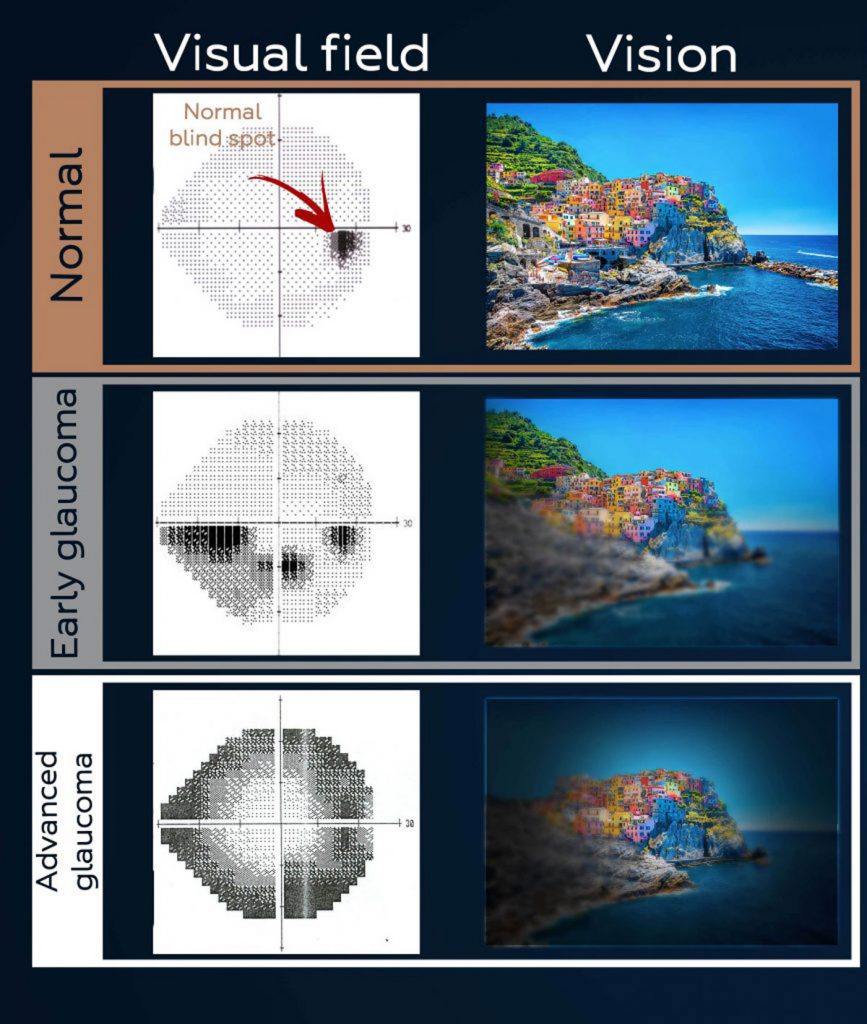Glaucoma is one of the leading causes of vision loss worldwide. But this potentially blinding eye disease does not affect all people equally. Some people are more at risk than others.
Glaucoma is a group of diseases that damages the eye’s optic nerve. The optic nerve transmits visual information to the brain, allowing us to see. Because glaucoma often progresses slowly, affecting just peripheral or side vision, people with glaucoma can lose most of their vision before they even experience any symptoms. Central vision, the vision used to read, drive or watch TV, is unaffected until the disease is advanced.

Who is at risk?
- People with diabetes are 2 times more likely to get glaucoma than people without diabetes.
- People who have a family history of glaucoma
- Also at risk are people over age 40, and those who are severely nearsighted.
- Glaucoma is more common among Africans than other races; the reasons are not yet understood.
Georgina Eye Clinic encourages people to be screened for glaucoma, especially those who are at increased risk.
“Just because you think you can see well, doesn’t mean all is well,” says Dr Juliet Otiti, the Medical Director at Georgina Eye Clinic. “Once vision is lost to glaucoma, it can’t be regained. That’s why regular screening, especially among those at higher risk for glaucoma, is absolutely vital. When caught early, glaucoma can be treated with eyedrops or an in-office laser treatment. But in advanced cases, surgery may be required to slow the vision loss and prevent further damage.”

